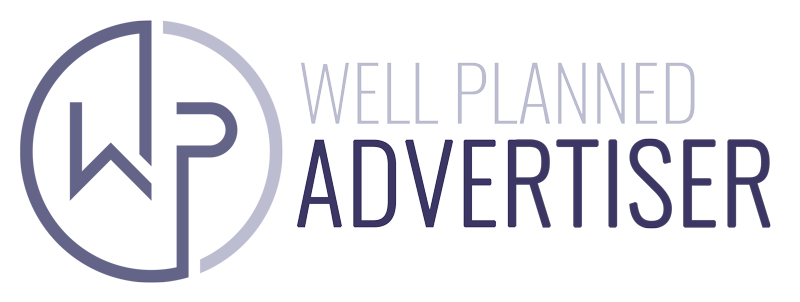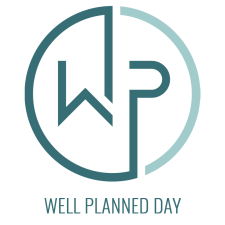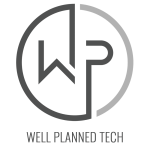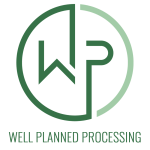The Funding Wave: How ECCA and SGOs Will Reshape Homeschooling
Why the Ceiling Is Finally Breaking for Homeschool Families and Vendors
Introduction: From Scarcity to Scale
For as long as most of us can remember, homeschooling has carried a financial ceiling. Families stretched every dollar, buying used books, sharing curriculum, or leaning on free online resources. Vendors felt that ceiling too, pricing materials low because they knew parents simply couldn’t afford more.
No matter how passionate or loyal the homeschool market was, there was always that unspoken limit: family budgets.
I’ll never forget one vivid moment that brought this home. Over 15 years ago, I was preparing to sell at a homeschool convention in California. Before I could even be a vendor, I was asked to sign a petition declaring that it was morally wrong to accept any funding from the government. Why? Because that year California had introduced the charter school system.* Suddenly, families could homeschool under a charter umbrella and access state funds. But in the exhibit hall, fear spread like wildfire. At that time, more than 95% of homeschooling was rooted in deeply religious communities, and fear-based rhetoric was common whenever something new challenged the old ways.
I couldn’t sign. Not because I dismissed their convictions, but because I knew firsthand the strain of single-income homeschooling. I had seen my own tax dollars disappear into government programs that never benefited my family directly. Why shouldn’t those same dollars support education at home? And I thought of my sister in another state — a single mom — whose ability to homeschool was made possible only because of state funds. For her, that support wasn’t a moral compromise. It was survival.
That memory still sticks with me. It reminds me how radical it is that, for the first time in U.S. history, homeschooling is not just tolerated — it’s federally recognized and funded. And that single shift has the potential to change everything about how families pay for education, and how vendors grow to serve them.
*Note: On the West Coast, a “charter school” often means a school that umbrellas homeschoolers, unlike the East Coast perception of a “lottery ticket” public school.
A Brief History of Homeschool Funding
Exclusive Client Access
I hope you’ve enjoyed this glimpse into how ECCA is rewriting the rules of homeschool funding — and why this shift represents far more than just financial relief. In the full article, we walk through the strategic roadmap for vendors: how to position early with SGOs, align with family trust patterns, and build scalable systems that turn new funding flows into long-term growth.
Our Marketing Insights Division is home to a growing library of in-depth research, strategy frameworks, and case studies built from over two decades of homeschool industry expertise.
These resources are reserved for active Well Planned Advertiser clients, providing exclusive access to:
- Deep market intelligence on the values, history, and mindset shaping homeschool families
- Proven strategies for reaching parents across digital, print, and community channels
- Insights on shifting education trends, funding models, and emerging marketing technologies
- Forward-looking analysis to help brands anticipate change and position for long-term growth
If you’re not yet a client, you can still preview a portion of each article below — or book a strategy call to learn more about partnership access.
About the Author
Rebecca Scarlata Farris
With nearly 35 years in the homeschool world — first as a student, then as a mom of five, and now as a business owner — Rebecca has dedicated her career to helping families thrive. She launched Family magazine, created the first Well Planned Day Planners, and pioneered digital conventions and tools that reshaped how homeschoolers connect and learn.
Today, as the founder of Well Planned Advertiser, she blends her deep community insight with technology and strategy to build systems that help homeschool businesses reach families with precision.






